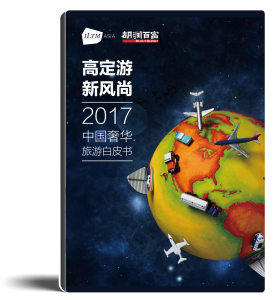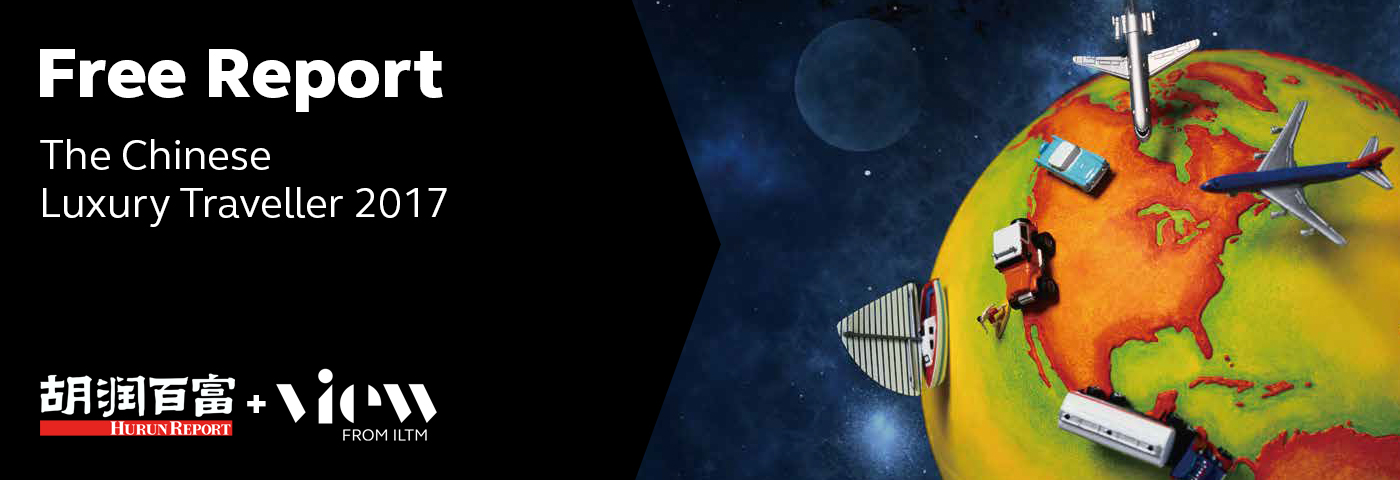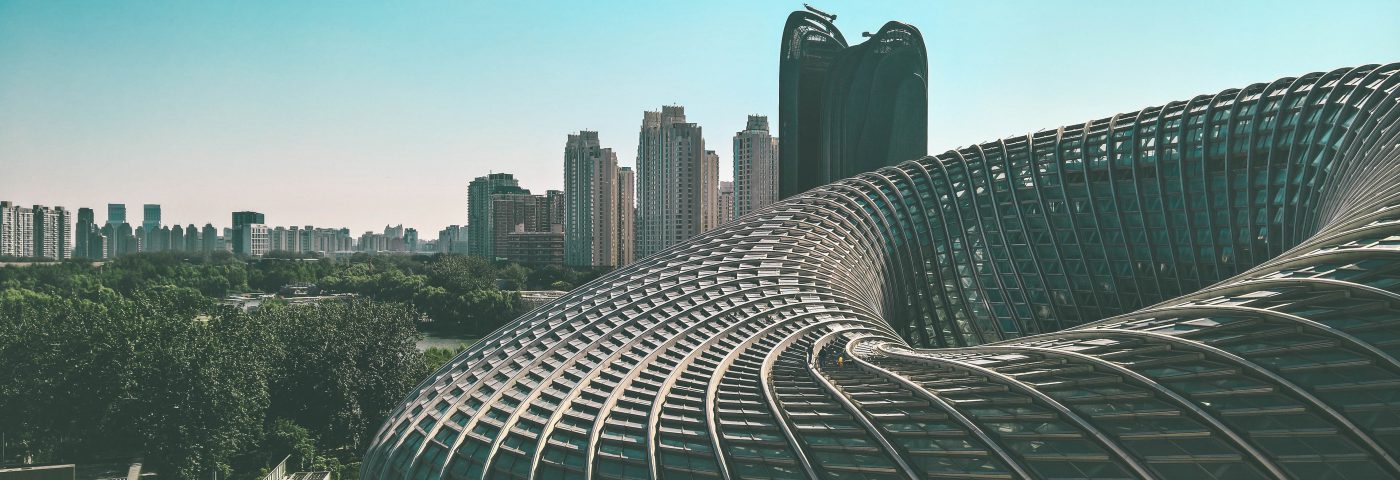Creating a brand strategy for the Chinese market can seem as complex as anything you can attempt to do in this business. The country is vast and its population is diverse. Distilling its essential characteristics into a 28 page report isn’t easy. But you don’t have to worry about that…
Rupert Hoogewerf, Hurun Report Chairman and Chief Researcher, is our guide to the complexities of building a travel brand in China. A masterful brand builder and expert in China’s super rich, Rupert’s insights cover everything you need to understand to start winning in China, including:
- Top 12 luxury travel agents in Greater China 2017
- China’s favourite luxury travel brands
- Summer/Autumn travel trend analysis
- Winter/Spring travel trend analysis
- Travel spending check
- Destination hot list





